Grooming your cat can feel like a high-stakes game of “How much pain can I endure today?” Cats are finicky, dramatic, and armed with claws, but with the right approach, you can keep your feline looking fabulous without leaving the experience covered in band-aids. Here are 14 tricks to make cat grooming a little easier—and much less bloody.
1. Pick the Right Time

Cats are basically furry toddlers with serious mood swings, so timing is everything. Wait until your cat is calm, sleepy, or in a cuddly mood—usually after a meal or a play session. Trying to groom them during their “zoomies hour” or when they’re in a bad mood is asking for trouble. A relaxed cat equals fewer scratches and less drama.
2. Use the Right Tools

That cheap brush from the pet aisle? Toss it. Invest in high-quality grooming tools designed for your cat’s coat type. Slicker brushes, de-shedding tools, or soft rubber mitts can make the process smoother and more comfortable for your cat. A good tool is like magic—it reduces shedding and minimizes the chance of a full-blown hissy fit.
3. Start Small and Build Trust
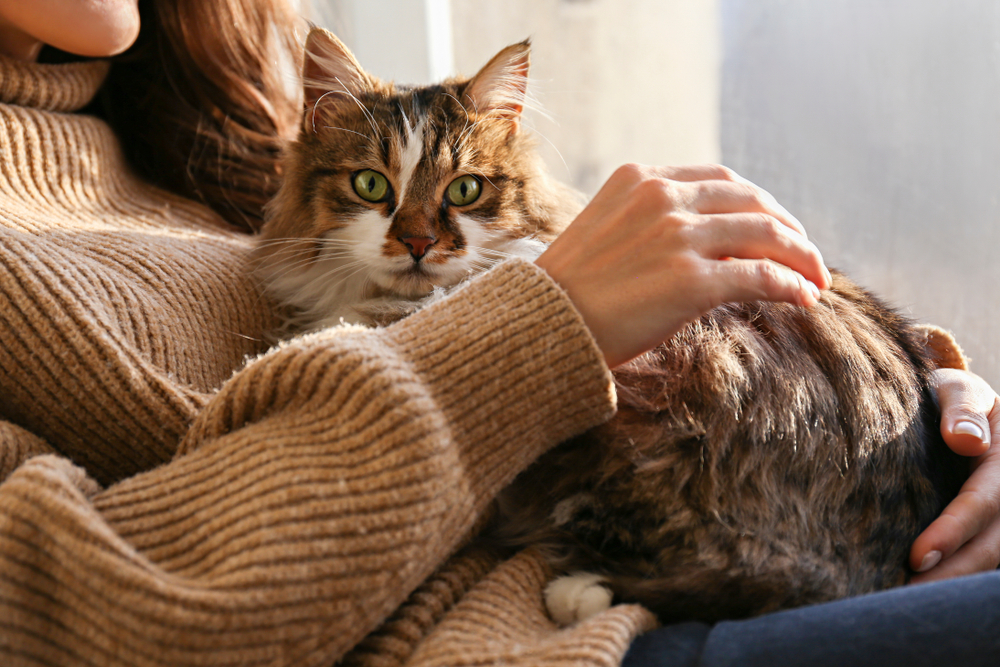
If your cat isn’t used to grooming, don’t go full spa day on the first try. Start with short sessions—like a minute or two of brushing—and gradually increase the time. Reward them with treats and praise afterward. It’s about building trust so they don’t see the brush as their mortal enemy.
4. Trim Nails First
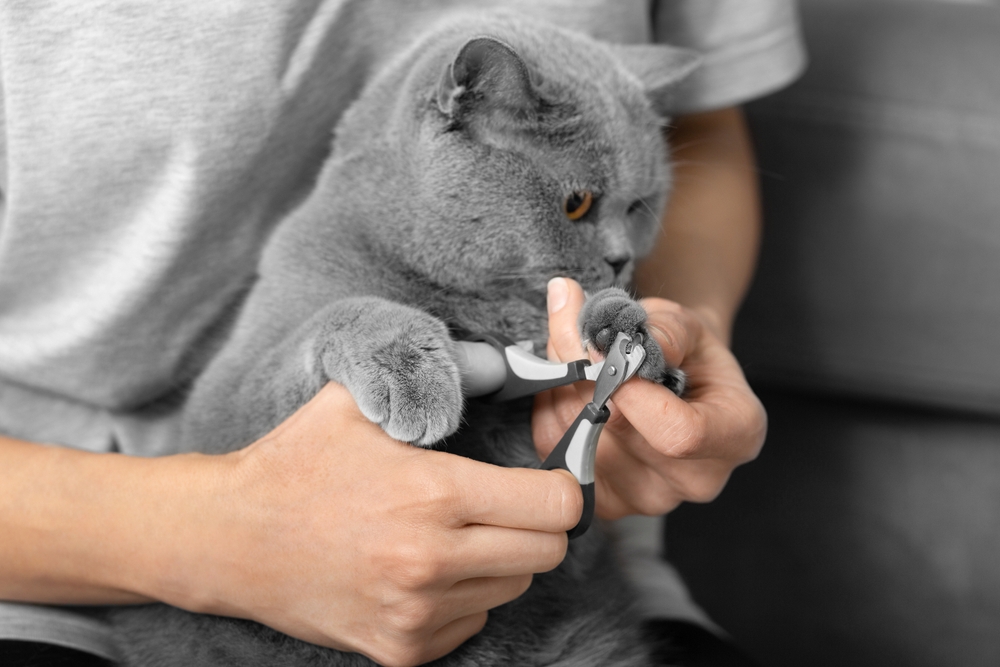
One way to avoid becoming a human scratching post? Keep their claws under control. Trim your cat’s nails a day or two before you start grooming. Use a pair of cat-safe nail clippers and only trim the sharp tips. Bonus: shorter claws mean less damage if they do take a swipe at you.
5. Groom in Short Bursts
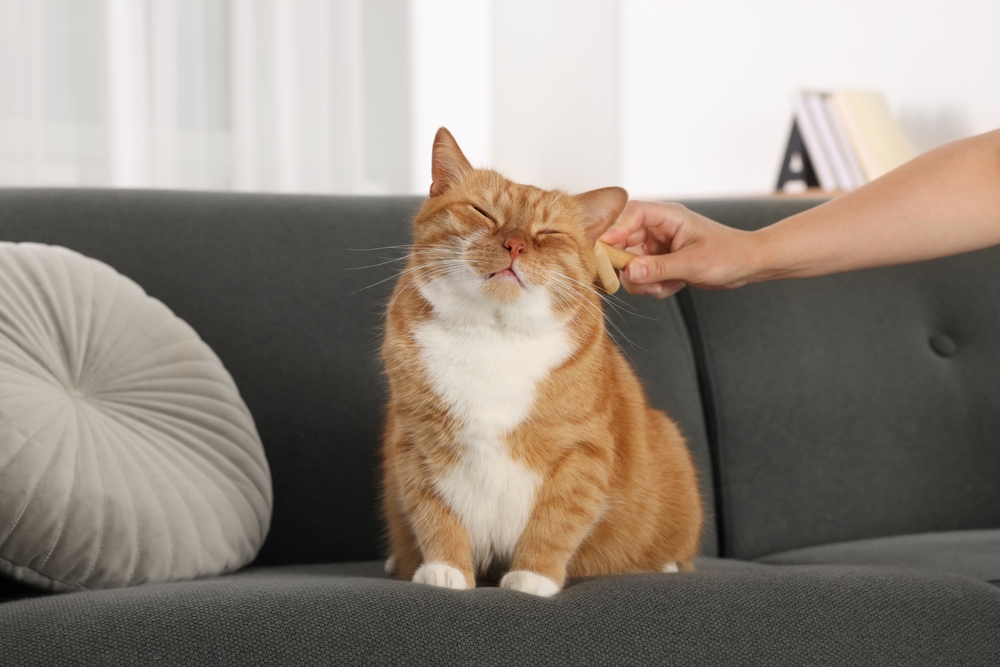
Cats aren’t marathon groomers—they’re sprinters. If your cat starts to squirm or get antsy, pause and let them walk away for a bit. Grooming in short, manageable bursts is less stressful for both of you, and it’s better to stop while they’re calm than push them into meltdown mode.
6. Brush in the Direction of Their Fur
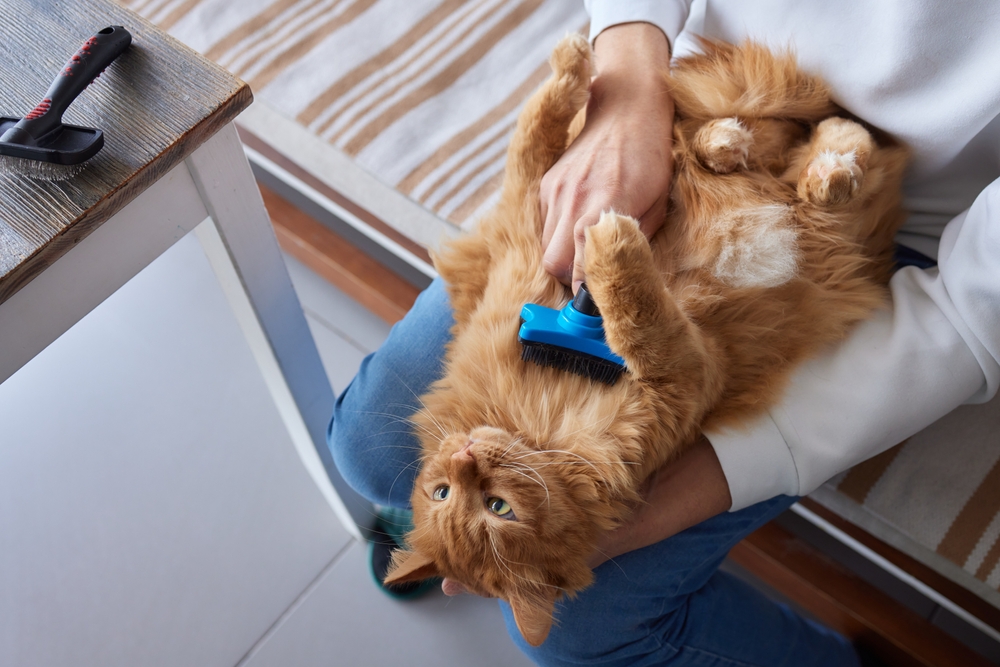
Never brush against the grain unless you enjoy being glared at by an indignant ball of fluff. Always brush in the direction of their fur, as it feels more natural and less irritating. Going against the fur can tug uncomfortably and send your cat into scratch-first-ask-questions-later mode.
7. Use Treats as Bribes

Treats are your secret weapon. Keep a stash nearby and reward your cat frequently during grooming. A treat every few strokes can distract them and make the experience feel like a positive interaction rather than a battle. Consider it a “you scratch my back, I’ll give you snacks” deal.
8. Try a Calming Spray or Diffuser

For high-strung cats, a calming spray or pheromone diffuser can work wonders. These products mimic the scent of feline-friendly pheromones, helping your cat feel more relaxed. Spray it on your hands or their grooming tools; suddenly, the brush might seem less threatening.
9. Use a Damp Cloth for Sensitive Areas

Not every part of your cat needs a brush. Use a damp cloth or grooming wipe for sensitive areas like the face, ears, and paws. Gently wipe these spots to remove dirt or stray fur without freaking them out. It’s like a mini spa treatment—gentle, soothing, and claw-free.
10. Work in a Familiar, Comfortable Space

Cats don’t like surprises, especially when it involves being manhandled. Groom them in a safe spot, like their favorite chair or a quiet corner. Avoid loud, chaotic environments that might stress them out. A calm setting helps keep them chill—and keeps your hands scratch-free.
11. Get a Second Pair of Hands
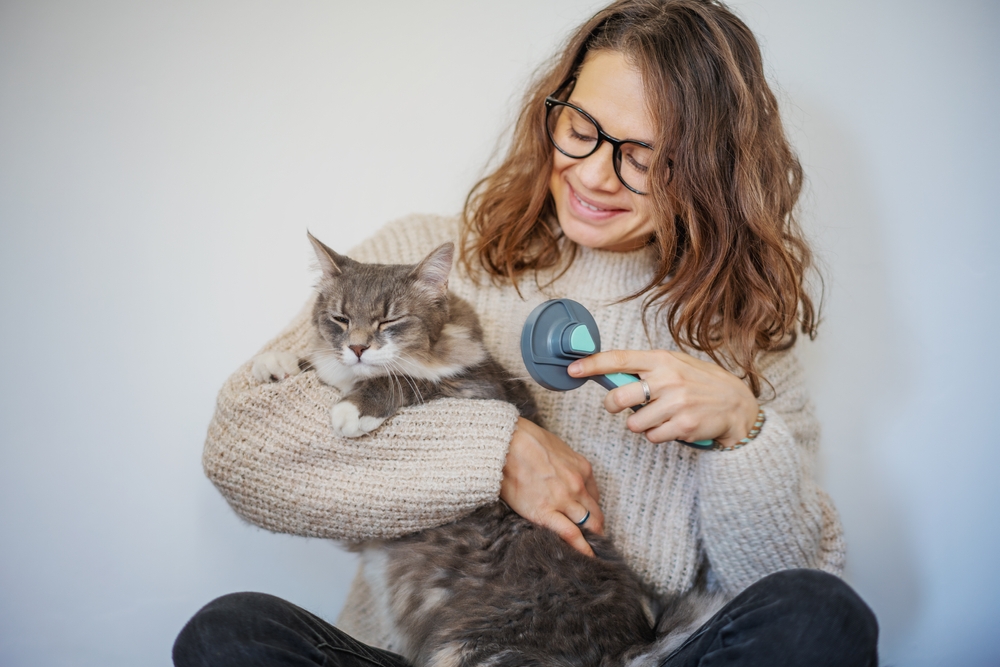
If your cat is particularly feisty, don’t hesitate to enlist a helper. One person can gently hold the cat while the other does the grooming. Ensure your cat feels secure but not restrained, as over-restraining can make them panic. Teamwork makes the dream work—and reduces your chances of needing a first-aid kit.
12. Keep Their Grooming Routine Regular
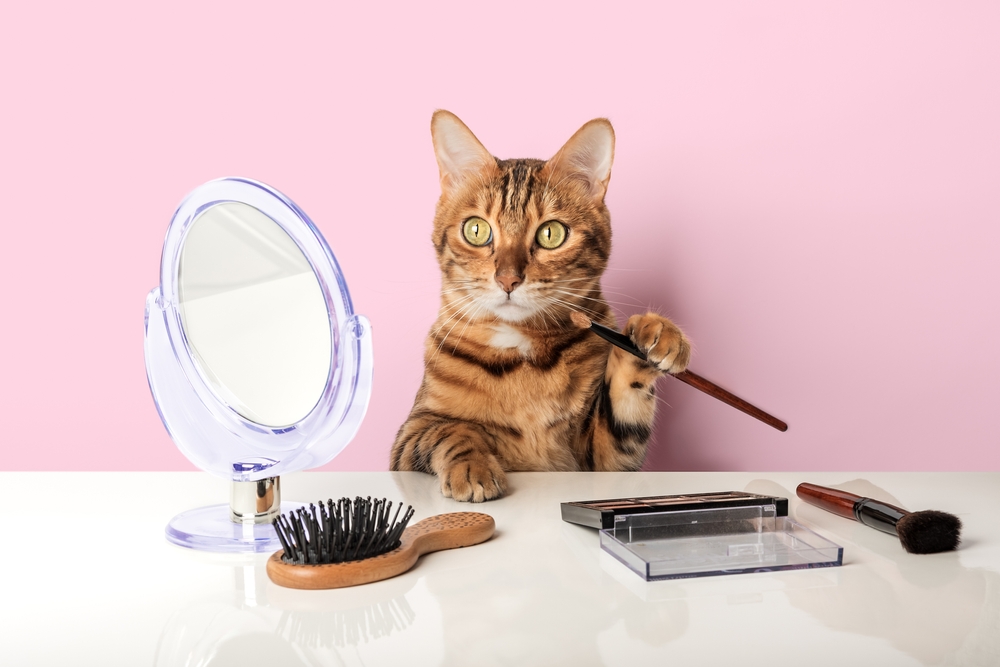
Consistency is key. Cats thrive on routine, and regular grooming sessions can make the process less intimidating over time. Aim for weekly sessions to keep their coat healthy and reduce shedding. The more it becomes part of their normal routine, the less likely they are to freak out.
13. Watch for Warning Signs

Pay attention to your cat’s body language. Flattened ears, swishing tails, or low growls mean it’s time to back off. Pushing through when they’re unhappy only escalates the situation. Respect their limits, take a break, and try again later. Remember, grooming isn’t worth a full-on feline revolt.
14. Know When to Call a Pro
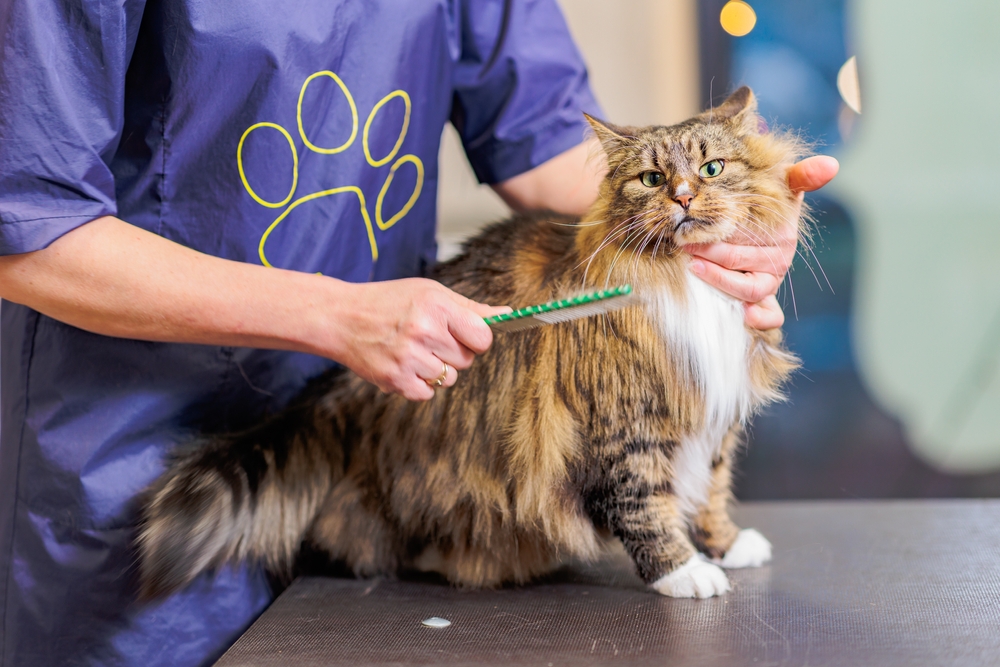
Some cats are too stubborn, aggressive, or anxious for at-home grooming. If every attempt turns into a wrestling match, it might be time to call a professional groomer or your vet. They’re trained to handle even the sassiest cats, and sometimes, it’s worth outsourcing to avoid injury—for both of you.
